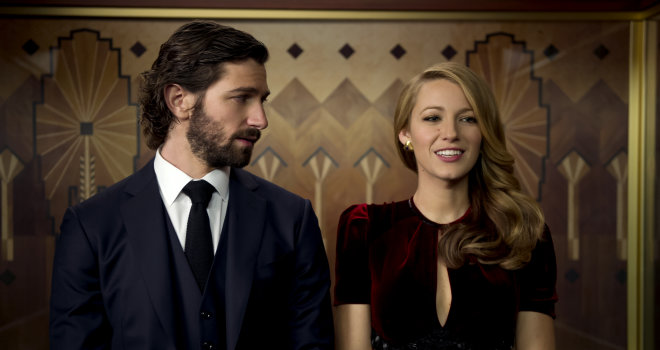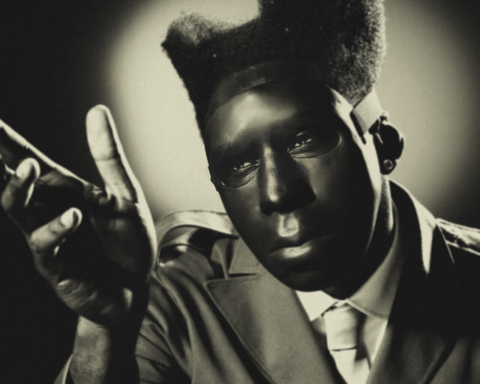By Kellen Quigley
Staff Writer
The story had all the potential in the world, but it’s just another romance movie similar to Nicholas Sparks books. Parts of it are entertaining, some of the acting is good and the look is gorgeous. In the end, however, “The Age of Adaline” is a cheesy romance movie with nothing new except for a twist way too absurd to believe without seeing it.
From filmmaker Lee Toland Krieger, writer and director of “The Vicious Kind,” comes the story of Adaline Bowman, a woman born at the turn of the 20th century and living a solitary existence. In 1933, Adaline, played by Blake Lively, is involved in a horrible automobile accident, forcing her cells to stop growing in a way that makes her ageless.
Many years later Adaline, now over 100 years old, meets a charismatic philanthropist named Ellis Jones, played by Michiel Huisman, restoring her thirst for life and romance. When a weekend with his parents threatens to uncover the truth, Adaline makes a decision that will change her life forever.
Because of the over-romanticized characters and sappy story, the movie seems like a live-action romance novel, but not in a good way. There is an omniscient narrator whose voice is only heard when something needs to be explained. In a visual medium like this, the random voice only takes away from the experience, reminding audience members this is indeed a movie.
Blake Lively’s performance of Adaline changes depending on where she is and who is on screen with her. Quite often she is bland and sounds like she is trying to act, as if she wants the audience to believe she knows she is in a movie. Michiel Huisman’s performance is similar to Lively’s. Although he does try more than Lively to sound realistic, their chemistry together is difficult to watch. It’s awkward, unconvincing and cheesy.
Huisman and Lively’s performances do work occasionally, but either Harrison Ford or Ellen Burstyn must be on screen. As two of the biggest acting icons of the past 40 years, Ford and Burstyn know their stuff. Whenever these two are in a scene with Lively or Huisman, everyone stops the awkward acting and the characters become realistic.
Ford plays Ellis Jones’s father, William, someone from Adaline’s past who plays a pivotal role in her relationship with Ellis. Ford’s constant coolness and relaxation make every scene more comfortable, in turn making everyone else in the scene comfortable and better at their performances.
Burstyn plays Adaline’s daughter, Flemming, and she brings a lot of humor to an otherwise somber story. Seeing 82-year-old Burstyn act like a teenager to 28-year-old Lively is a funny idea, but their relationship is more than mother-daughter. For most of the movie Flemming acts as Adaline’s conscious, coming across as the wiser one even if she is technically younger than Adaline. Like Ford, Burstyn elevates Lively and Huisman’s performances.
The entire look is beautiful. Because this is a period piece with flashbacks ranging from the 1910s to the 1960s, the cinematography and production design have a rustic and nostalgic look. Every scene, even in modern day, has a soft look that appears aged and worn. This look usually works beautifully, but in some scenes the style overshadows the story, reminding audiences this is just a movie and not a genuine romance.
However, the costumes, props, hair and makeup always look real and always match their time periods. Lively has to look her 28 in 1918 as much as in 1966, so the clothes and hairstyles have to be convincing. Everything, from the pens to the suitcases, looks authentic. Paying attention to small details like that make the settings easier for audiences to believe and invest in.
Unfortunately, the look and supporting characters do not always save a movie. Here, the cliché story with an unconvincing twist and the bland, weak lead characters bring the great story down to just another romance movie.
quiglekm11@bonaventure.edu









